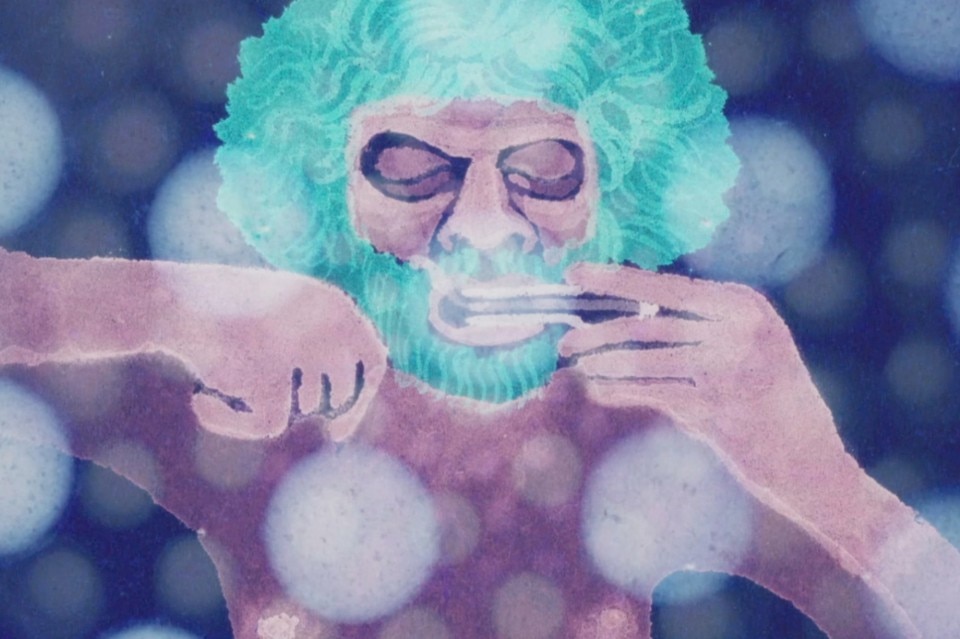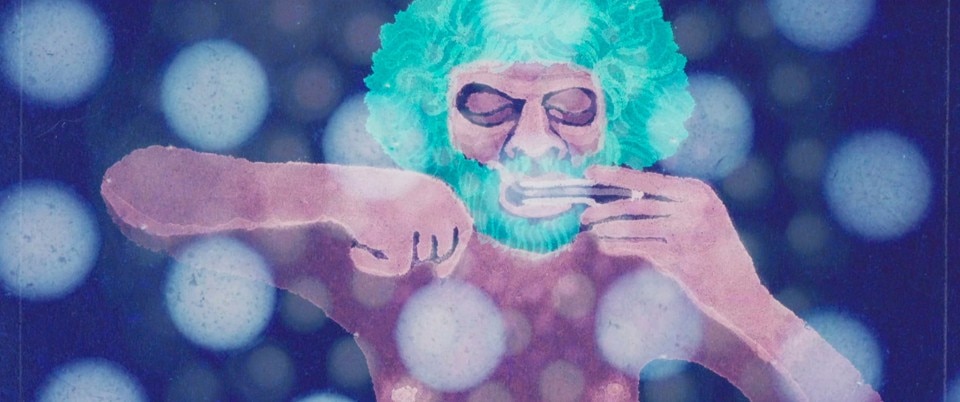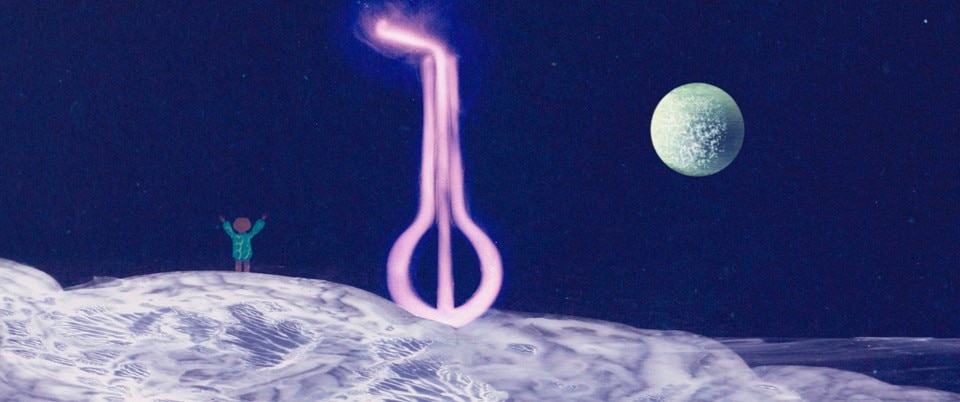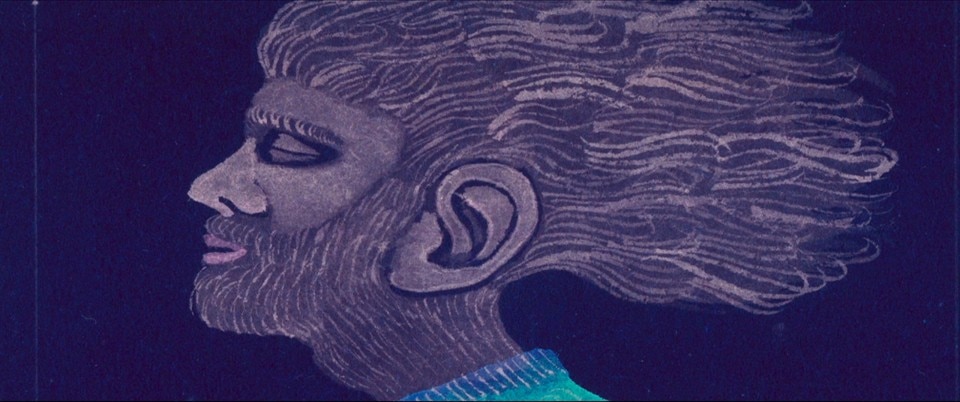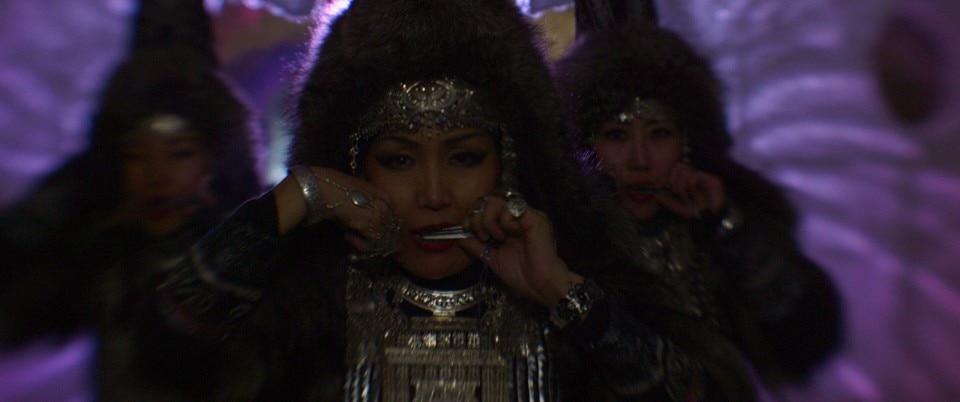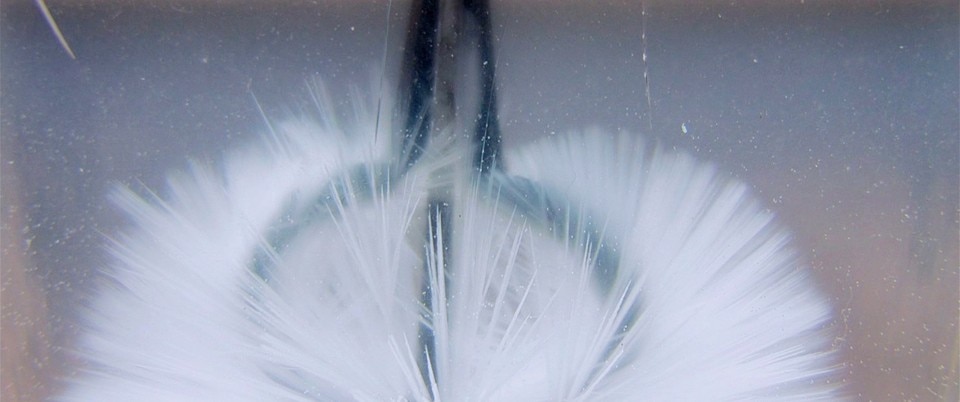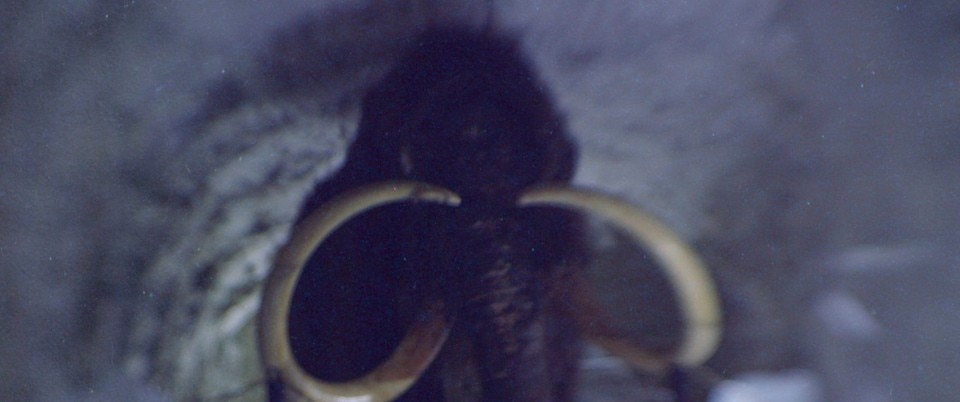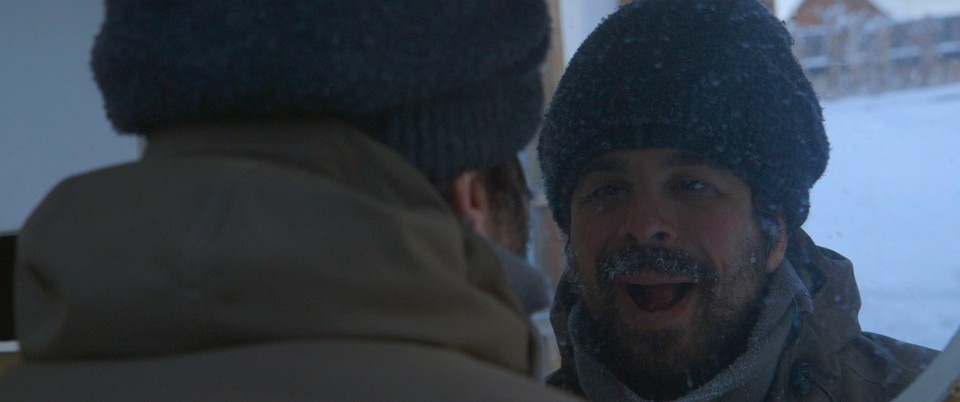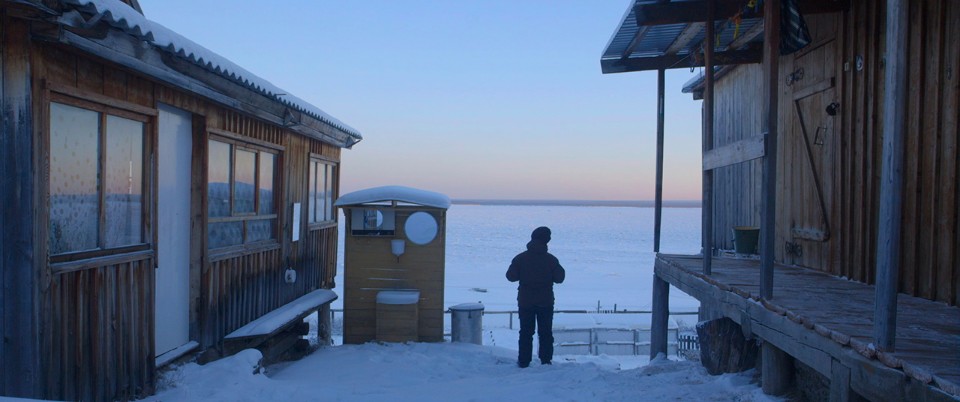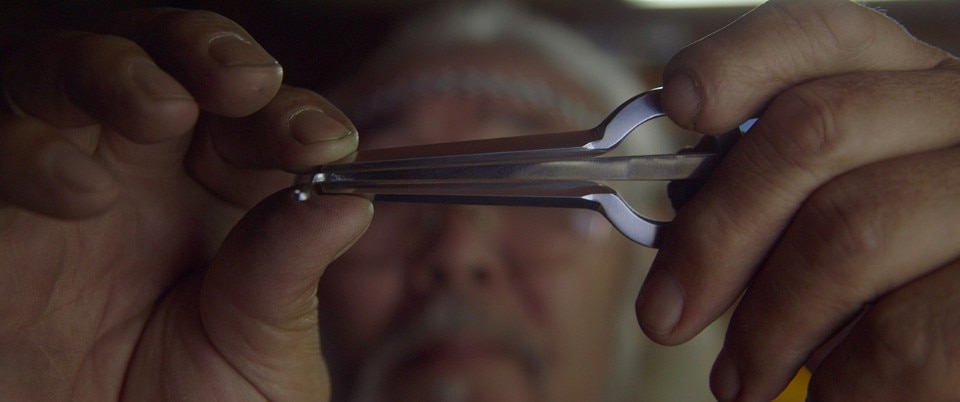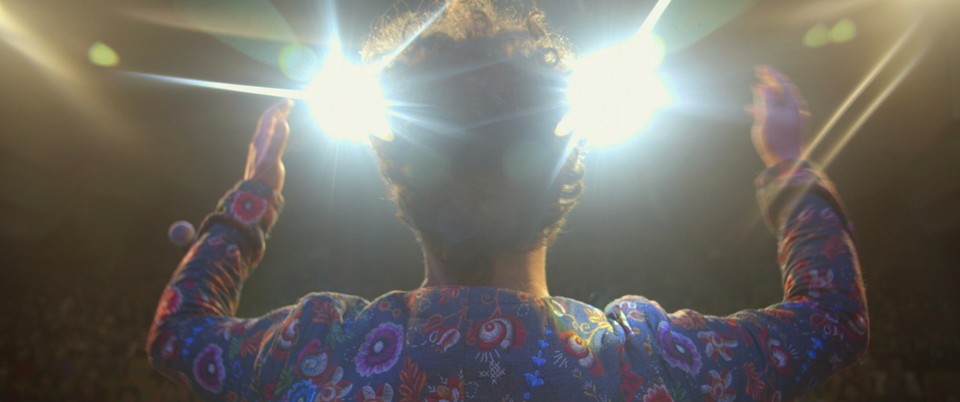The Strange Sound of Happiness is a true story that the author presents with a touch of fantasy. After years spent away from home, Diego returns to Sicily without a job or any plans for the future, but the sound of the Jew’s harp leads him from the heat of Sicily to the cold of Sakha... Defined by many critics as a docu-fantasy, the film has the approach of a documentary in which reality and fantasy intertwine. The animation by the cult artist Alvise Renzini, primitive yet futuristic, just like the sound of the instrument, skilfully leads us to lose ourselves in the secret world of dreams.

The film originates from a pretext which, unfortunately, is also a hard reality in Italy. We live in a society where, if you don’t have a job, you are nobody. But unfortunately, there are no jobs. What is the main question that led to the creation of the film, the musical instrument or the social problem?
The film definitely originates from the instrument. It was born in the very moment I created the first sound. I experienced a sensation of pleasure, and I felt as though this small piece of iron wanted to tell me something. I didn’t know at the time that I would have produced a film, and that in reality I had already started. There was a long process of research, in a moment in my life in which, having returned to Sicily after various experiences abroad, I was unemployed. This adventure then proved to be an opportunity for work which could serve as an example for others who find themselves in the same position as I did, without much hope for the future, but who, maybe focusing on apparently insignificant matters, could discover unexpected worlds, just like the one I did through this film.
How is it possible for such a simple and particular instrument to exist in two places which are so far apart, Sicily and Sakha? Are there any other countries where the Jew’s harp is played?
The Jew’s harp has always been hiding in the recesses of every culture, in the sense that it is everywhere. If you ask an Austrian, they will tell you it comes from Austria. A Japanese will tell you it comes from Japan, and so on... It is a universal instrument that belongs to humanity, and represents human beings, with all their similarities and differences. In some way, it breaks down the concepts of boundaries and nationality. Why it found its Mecca in Sakha will always be a mystery to me.
Is the use of the Jew’s harp in Sicily a dying tradition? What role has it played in history?
In Sicily the Jew’s harp is making a comeback, also thanks to the Movement of Young Players, who promote old Sicilian traditions. Long before it became “the instrument of the Mafia”, it was used for meditation, a pastime which has always been tied to the solitude of shepherding.
What do the Sicilians think of your findings? You have desacralised a legend!
The more “fundamentalist” Sicilians were angry. The others accepted the film as a story. When you make a film and tell a story, you can never make everyone happy, you need to follow the narration of the film. I worked on the combination of heat and cold, on Sicily-Sakha, distant locations which I tried to bring together through the Jew’s harp, without going too deeply into Sicilian traditions which are obviously interesting, but which didn’t fit into the film, more open as it is to a visionary dimension, to dreamlike and poetic moments which at times have more to do with my personal story than with the story of the instrument.
The Jew’s harp has always been hiding in the recesses of every culture, in the sense that it is everywhere. If you ask an Austrian, they will tell you it comes from Austria. A Japanese will tell you it comes from Japan, and so on...
From the film, it seems as though in Sakha the Jew’s harp is a sacred instrument. To what extent is this true?
The Khomus, which literally means “magic man”, is officially recognised as a national instrument. Everyone has at least one at home, and they all play it excellently. They learn at school from a very early age, and they do a lot with the Jew’s harp. They use it as a pastime, to communicate with the dead, in Shamanistic rituals, to play nursery rhymes, and even as a decorative accessory. They make cakes, flowerbeds, ice statues, earrings and pendants in the shape of Jew’s harps. But in reality, behind all of this there is perhaps a political truth. Sakha is as large as the entire European area, but with only one million inhabitants. It is as though the population of Palermo were distributed throughout Europe. They don’t have our Michelangelos, Raffaellos or Donatellos, and they therefore focus their exportable culture on just a few things. The Jew’s harp is one of these: a small symbol which gives them status abroad.
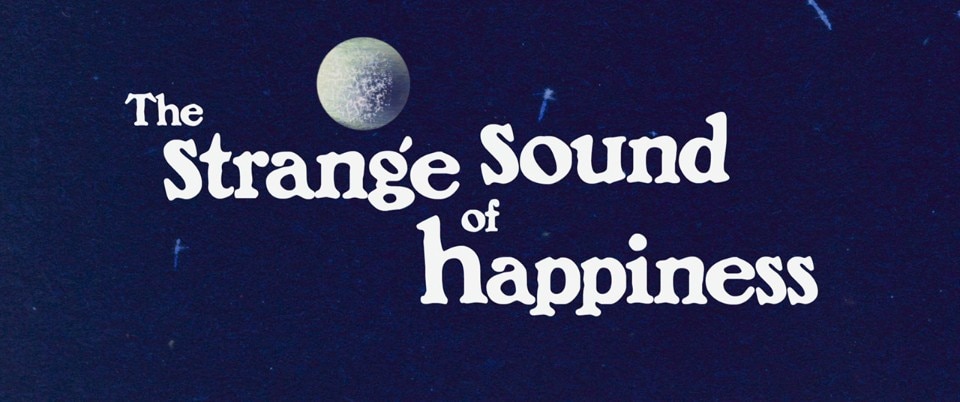
“A tiny tiny man will open a door in the depths of space and will come to us. His eyes will burn like lava, his face will be as dark as one who has travelled far. The Jew’s harp will reveal a secret world without beginning or end, and he will speak of it. And we will fly far on its waves...”. The tiny tiny man, is that you, Diego?
This short rhyme that emerges from time to time in the film is from an ancient poem which predicted the union of Sakha with the rest of the world through the Jew's harp. It speaks of a tiny man who travels through a space-time tunnel, and there are those who see my arrival as a strange coincidence. In the film, I allow a similar idea to come through: in some way Sakha is now better known worldwide also through me.
Now that you have opened the door, will you continue to try and find out more about the Jew's harp, or will you leave us to drift through outer space?
Without a doubt, I will leave you to drift in space, and I will lose myself together with you all.


